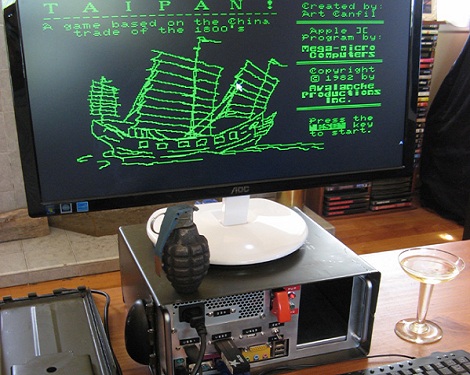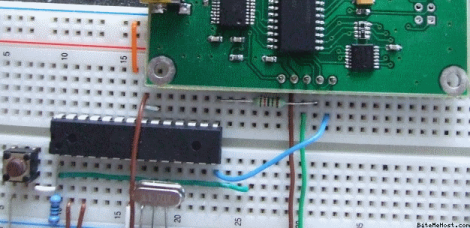
We’re guessing that if you ever though of buying an arcade cabinet it was only briefly, and you decided against based on the difficulties of moving and finding a place for such a large and heavy item. You could go the opposite way and build a controller for a MAME box, but for some, there’s no replacement for the real hardware. This Christmas gift is the best of both worlds, a JAMMA box which uses traditional hardware in a more compact cabinet.
[Majtolycus’] boy friend is a sucker for a game of Battle Balls. She looked around for an original logic board and after several weeks of searching had to settle for the Japanese version of the game called Senkyu. To patch into the board she also picked up a JAMMA harness, power supply, RGB to VGA video converter, speaker, and some Happ arcade controls. The whole thing goes into a wood box which connects to a VGA monitor (or the VGA port on your HDTV).
The system is easier to store than a full-sized cabinet, and if a deal comes along, you can buy additional JAMMA logic boards to play.
[Thanks Adam]















